Kingdom Animalia Order Gasterosteiformes Genus Hippocampus Higher classification Seahorse | Phylum Chordata Family Syngnathidae Scientific name Hippocampus capensis Rank Species | |
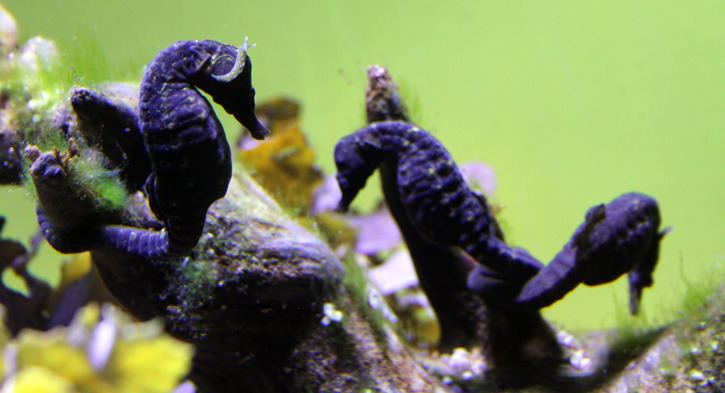 | ||
Similar Seahorse, Knobby seahorse, Narrow‑bellied seahorse, West African seahorse, Giraffe seahorse | ||
The Knysna /ˈnaɪznə/ seahorse or Cape seahorse (Hippocampus capensis) is a species of fish in the family Syngnathidae. It is endemic to the south coast of South Africa, where it has been found in only three brackish water habitats: the estuary of the Keurbooms River in Plettenberg Bay, the Knysna Lagoon, and the estuarine portion of the Swartvlei system in Sedgefield. The limited range of this seahorse puts it at great risk of extinction.
Contents
- Description
- Habitat and Ecology
- Population structure
- Population sizes
- Evolution
- Captive breeding
- References
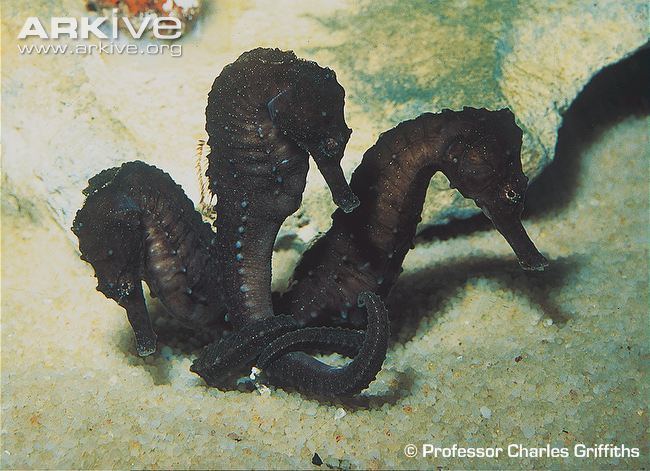
Description
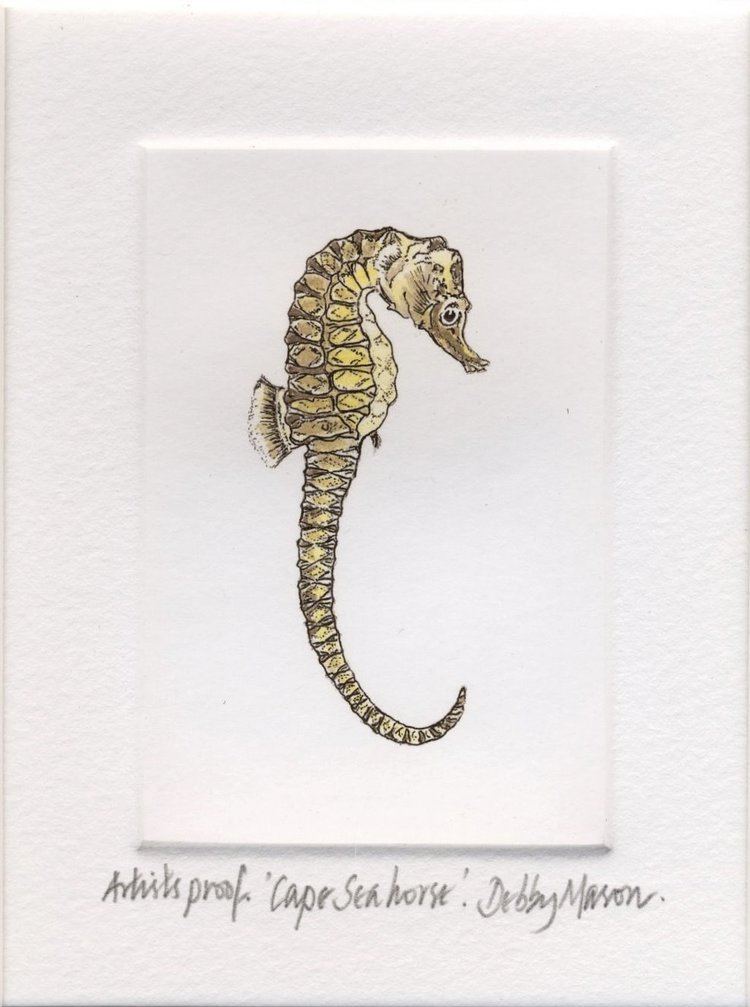
The Knysna seahorse is a small, delicate creature with a standard length of up to 12 centimeters. Colouration is strongly influenced by the surrounding environment and a particular individual's mood. It varies from pale green to brown (often with darker speckles) to purplish black. The body is encased in a series of bony rings, the snout is relatively short, and the neck arches in a smooth curve without a crown. The tail is muscular and is used to grasp a mate during courtship or to anchor the fish to the substrate.
Habitat and Ecology
The Knysna seahorse occurs mostly in areas with high vegetation cover (at least 75%), and is associated with five dominant aquatic plants: Zostera capensis, Caulerpa filiformis, Codium extricatum, Halophila ovalis and Ruppia cirrhosa. While the Keurbooms and Swartvlei estuaries both have very dense plant cover, vegetated sites only make up approximately 11% of the Knysna Lagoon. Large areas of habitat in this system may thus be unsuitable for H. capensis.

The fish is well adapted to estuarine habitat and can tolerate a wide range of environmental conditions, such as salinities ranging from 1–59 ‰.
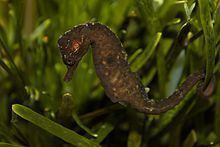
Breeding occurs in the austral summer, when water temperatures approach 20 °C. Sexual maturity is attained in about one year at 65 mm standard length.
Population structure
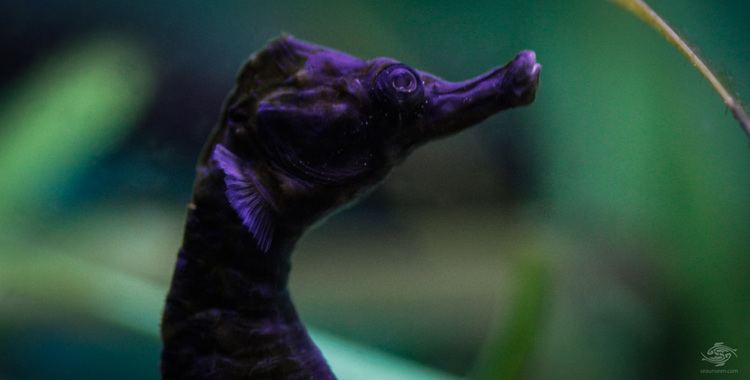
Genetic data from the mitochondrial control region indicate that, even though each of the three populations of Hippocampus capensis has a unique combination of haplotypes, there is no support for the hypothesis that each represents a distinct subspecies. There is thus no compelling reason not to translocate individuals between estuaries, should this become necessary. Low genetic diversity in the Swartvlei estuary suggests that this population is partially isolated from the other two populations.
Population sizes
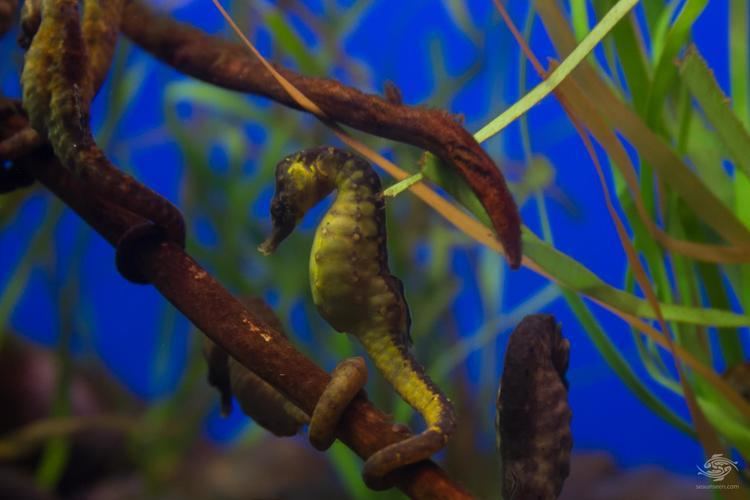
Census data from 2002 and 2003 (WWF-SA) indicated that the population sizes of Hippocampus capensis in the Keurbooms and Swartvlei estuaries can at times far exceed that in the much larger Knysna Lagoon. However, they fluctuate considerably. In the Keurbooms estuary, a period of strong river flow may even have resulted in the temporary extinction of the species, suggesting that this estuary has no permanent seahorse population and merely provides habitat when conditions are favourable. Hippocampus capensis was found again in the estuary during more recent surveys conducted by the ORCA Foundation, but it was also found that this population diminished as a result of floods during 2007 and 2011.
Evolution
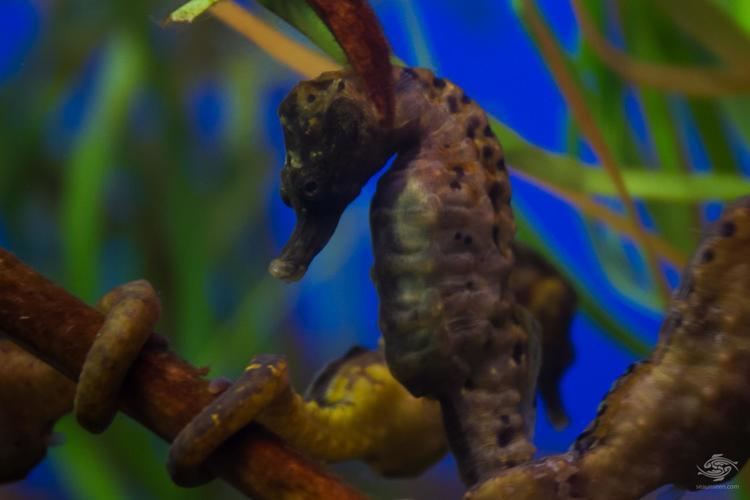
Hippocampus capensis is closely related to the Indian Ocean population of the widespread Indo-Pacific seahorse H. kuda. The Knysna seahorse's smaller size, shorter snout, and reduced coronet are likely adaptations to improve manoeuvrability in the dense seagrass habitats typical of South African estuaries.
Captive breeding
Captive populations of Hippocampus capensis are held at the Two Oceans Aquarium in Cape Town and at Antwerp Zoo. Knysna seahorses are also bred and sold for the ornamental fish industry.
